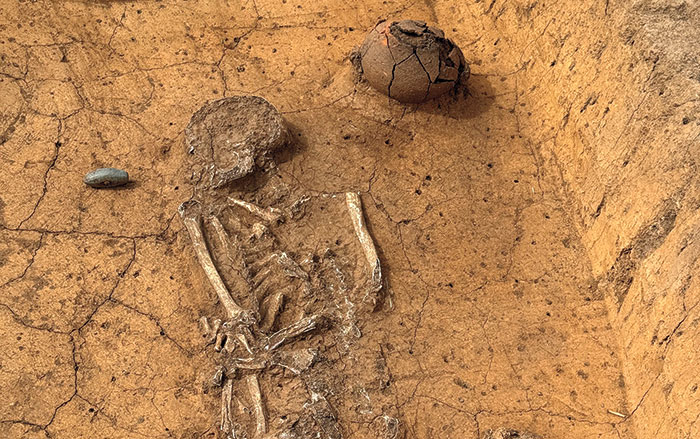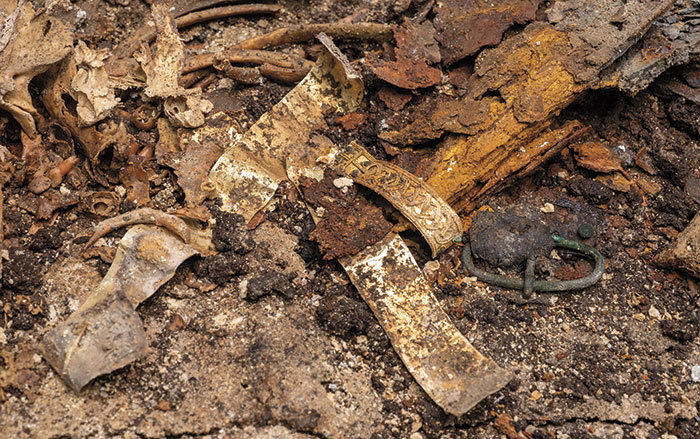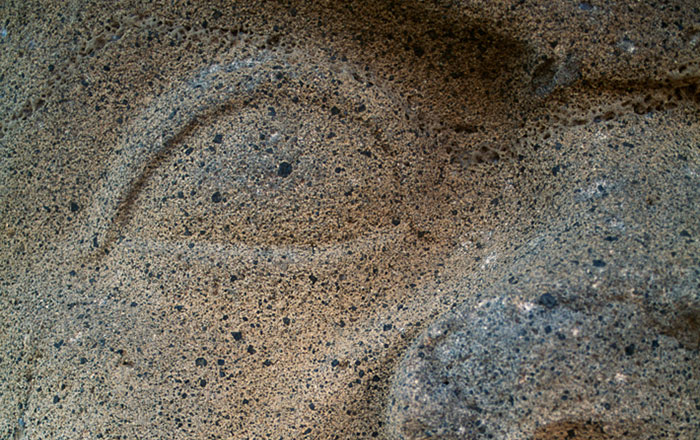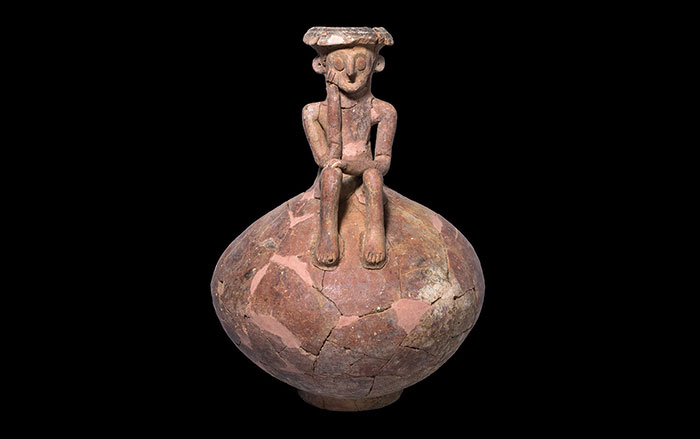
SAXONY-ANHALT, GERMANY—Live Science reports that bioarchaeologists have analyzed 47 skeletons of soldiers killed during the Battle of Lützen, fought on November 16, 1632, by Protestant forces led by Swedish King Gustav II Adolf, and the Holy Roman Empire’s army led by General Albrecht von Wallenstein. These soldiers were among the 9,000 killed during the battle and buried in mass graves. This grave was removed from the site in a giant block of soil for excavation in a lab. A team led by Nicole Nicklisch of the State Office for Heritage Management and Archaeology Saxony-Anhalt found that most of the men, who are thought to represent both sides of the battle, went into the fight with prior injuries. Some of the fresh injuries were caused by bladed weapons, but more than half of the soldiers had been wounded by gunfire. Historic records indicate that the imperial cavalry may have been carrying pistols, muskets, and carbines. Unfired lead bullets in the oral cavities of some of the skeletons could reflect the practice of holding bullets in the mouth for quick reloading. The scholars also note that few artifacts were found in the mass grave. They think the local people who were left to bury the dead probably took objects of value from the bodies. For more on archaeology in Germany, go to “The Neolithic Toolkit.”












